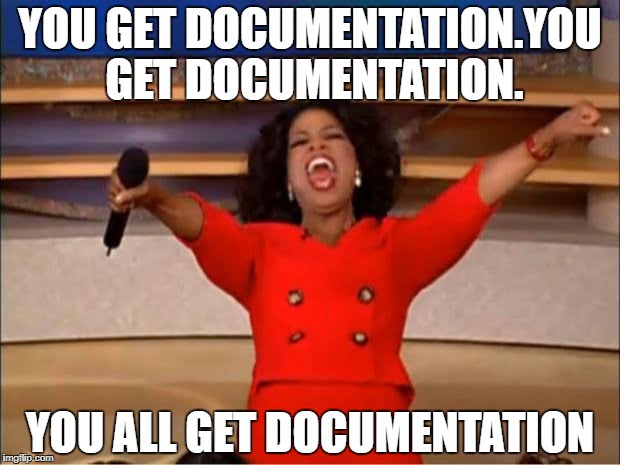
Over the years I have had a sneaking suspicion that the vast majority, of the hundreds of pages, of my required technical documentation was never being read. This feeling started at my time with at an Orlando organization whose mascot is a mouse. I don’t want to say the company’s name directly but it sounds like the word Misney (Yes I am just joking). I was a little suspicious that my reams of required documentation never seemed to be sent back for correction. I felt like I could doodle pictures of Labradoodles on my Technical Requirements Documents(TRD or pronounced TURD for short) and nobody ever corrected me. Cornerstone documents like an SDNA would, of course, be scrutinized but ancillary documents could just contain pictures of cats and nobody would be the wiser. Some project manager could then check them off as being done on her list and the project could move forward.
It was about this time I started adding sentences like “You will never read this – Scott Turman” too much of my documentation. Over the years I have only been called out once for these chinagins. Over the years I have found two beautiful examples that employed this mechanism as a method for quality control.
Good Will Hunting’s Fake Gay Sex Scene
In the mid-1990s Ben Affleck and Matt Damon were in the midst of shopping around their Good Will Hunting script. They submitted it to several producers but they didn’t feel like anyone was reading the script as none of them seem to ever correct their edits. So they decided, as a way to make sure their script was getting read, to plop an explicit gay sex scene between the two main characters Sean and Will.
The only person to bring it up was Harvey Weinstein(Yes that Harvey Weinstein) and that is who Ben and Matt ultimately went with.
Van Halen’s No Brown M&M Contract Rider
My second favorite example of quality control bomb in documentation is from all the way back in the 1980s. Van Halen had one of the largest shows, in terms of weight and trucks, that had ever toured. They had some extremely specific requirements as to stage size and load capabilities that if where ignored could lead to injury or death.
Deep in their several hundred pages, 1982 world tour contract was a rider under the “Munchies” section, that was explicitly asked for “M&M’s (WARNING: ABSOLUTELY NO BROWN ONES)”. This was more than a stupid request by egomaniacs(Although I suspect that David Lee Roth is, in fact, an egomaniac and an asshole). If the band showed up and there were brown M&M’s in the bowl then they know that the venue did not read or take the special requirements seriously. They would then immediately start auditing the safety and requirements of the venue. In some cases after tearing the place up and refusing to play the venue still had to pay them.
From David Lee Roth’s Biography: “The contract rider read like a version of the Chinese Yellow Pages because there was so much equipment, and so many human beings to make it function. So just as a little test, in the technical aspect of the rider, it would say “Article 148: There will be fifteen amperage voltage sockets at twenty-foot spaces, evenly, providing nineteen amperes …” This kind of thing. And article number 126, in the middle of nowhere, was: “There will be no brown M&M’s in the backstage area, upon pain of forfeiture of the show, with full compensation.”
This and 1000 other reasons is why David Lee Roth is amazing.
My Quality Trap was Finally Sprung Last Year
I once mused for over two paragraphs about how Tableau’s API reminded me of a 1966 Fiat 124 in a TRD that I was convinced that nobody would ever read. Prior chinagins in earlier documents compelled project managers and business analysts that it would probably be best if they read my documentation and for the first time I was caught.
Unread documentation for documentation’s sake is silly
How many of you have written the required documentation after the fact? This is a symptom of a broken process. While at NASA I would say that I was following documentation requirements and processes that were probably written by people who had been dead for 20 years.
I don’t want to throw any particular methodology under the bus but the broken methodology sounds like the word “daterfall”.



